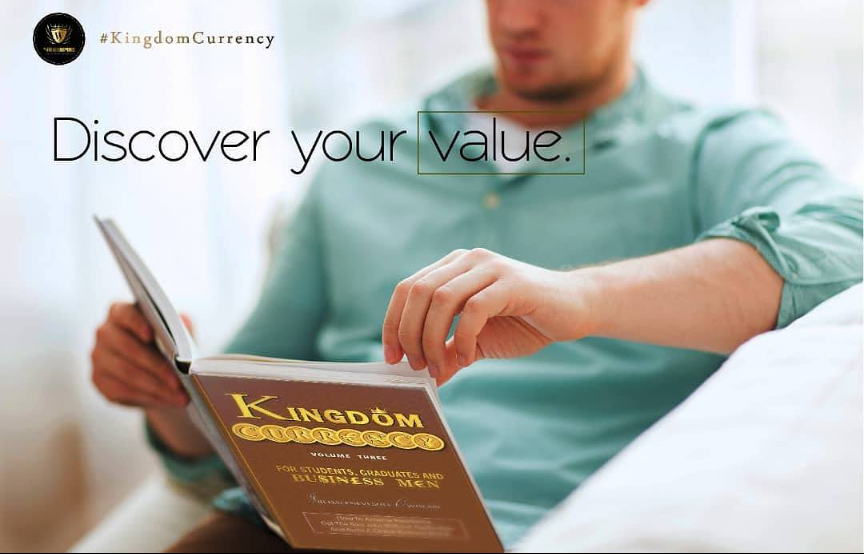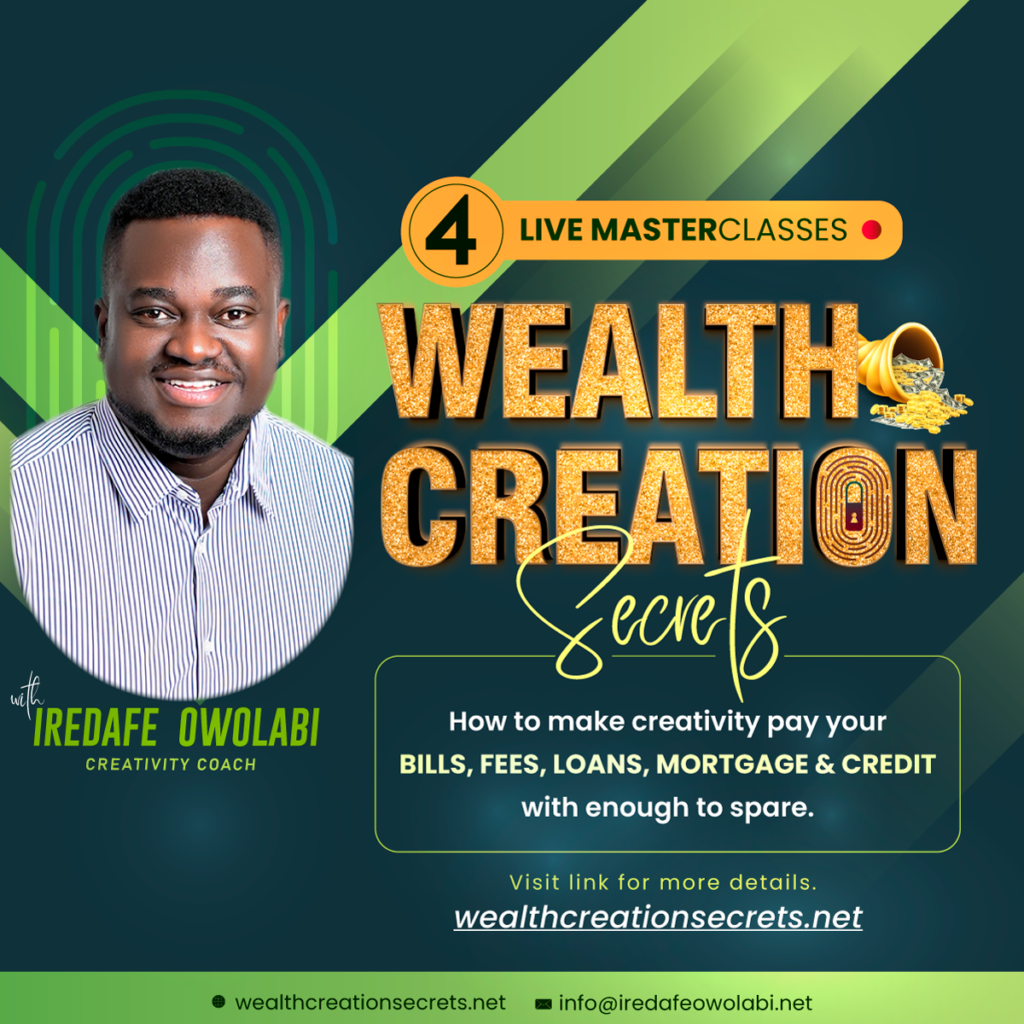What Creativity is Not: 7 Popular Myths about Creativity
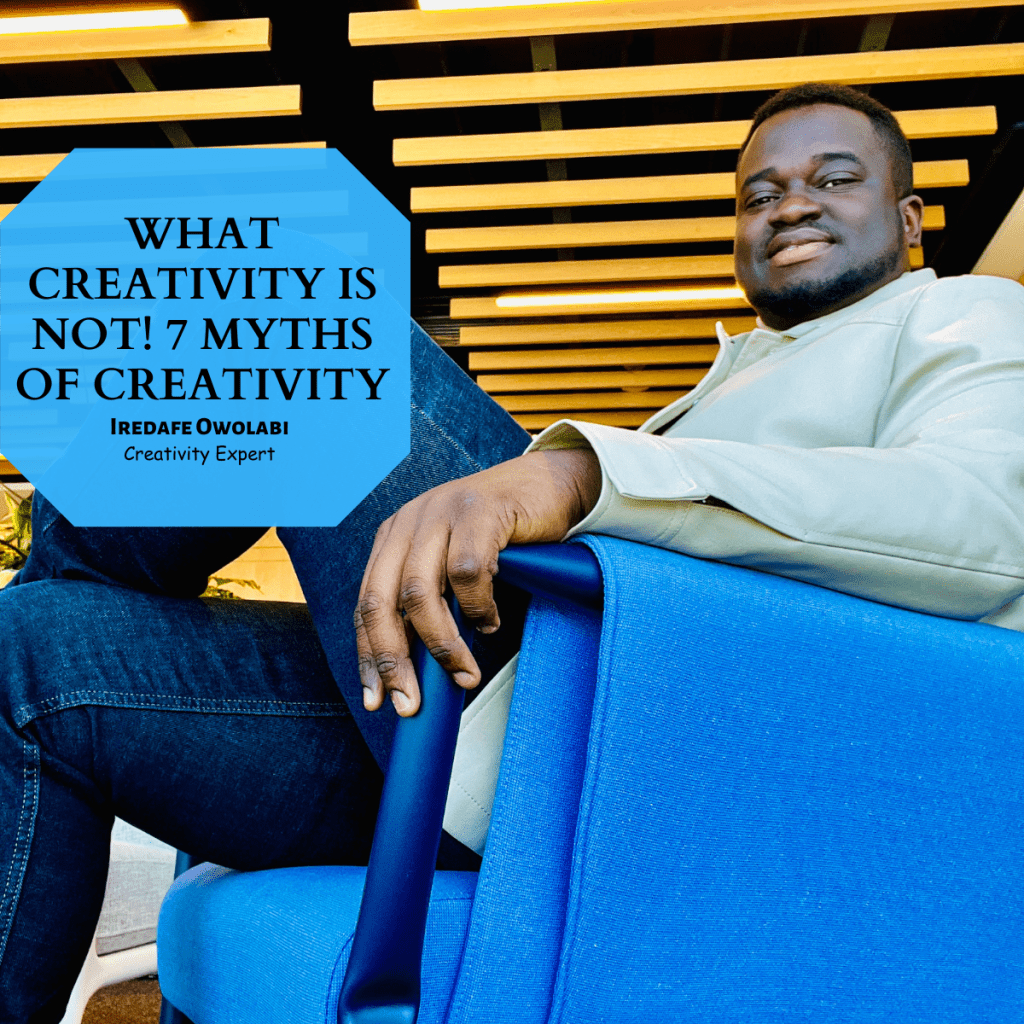
Click to jump ahead
ToggleIntroduction
There are several misconceptions around what people think and believe about creativity. In this blog post, we will examine them and debunk the myths.
If you want to release the brakes that could be holding you back from reaching your full creative potential, then let’s jump right in.
What Creativity is Not vs What people think it is
Myth One: Creativity is overcome by lack
One of the myths about creativity is that lack of resources is a hindrance to creativity. Creativity is a powerful human trait that transcends the boundaries of poverty. It is not limited by one’s socioeconomic status or lack of material resources.
In fact, creativity often thrives better in the face of adversity, as individuals find innovative solutions to overcome challenges and express themselves through various creative outlets.
Lack of money may restrict access to certain resources or opportunities, but it cannot suppress the inherent potential within individuals who have the will to harness their creativity.
In the absence of conventional tools or materials, individuals have been known to repurpose everyday objects, utilize their imagination, and tap into their resourcefulness to manifest their creative ideas.
For more on this, checkout my book titled Kingdom Currency for Students, Graduates and Business men.
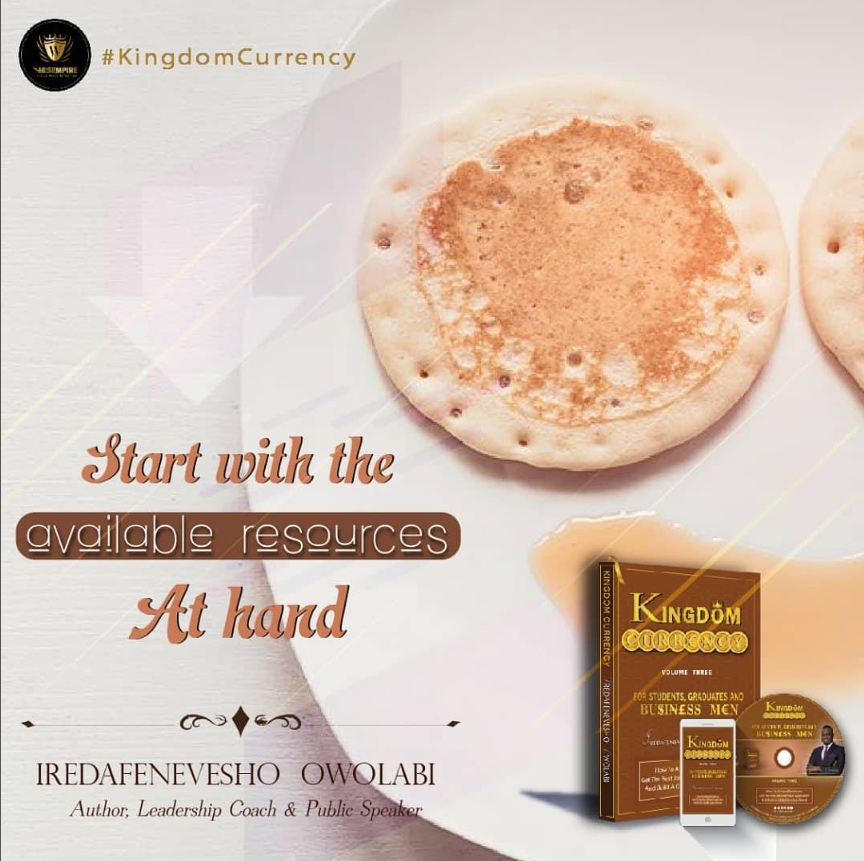
Furthermore, creativity can serve as a catalyst for personal growth and empowerment, enabling individuals in impoverished conditions to break free from the cycle of poverty.
Additional Resource:
- What is the Source of Creativity, Innovation and Invention? 3 Great Expos
- 4 Reasons Why Creativity Is Important in Life and Beyond
- Top 3 Best Books to Enhance Your Creativity in 2024
- What is 4th Dimensional Thinking? A Powerful Exposition
By harnessing your creative abilities, you can develop skills, showcase your talents, and create opportunities for yourself, opening doors to new possibilities and avenues for success.
It is important to recognize that creativity knows no bounds and can flourish in any environment, including those affected by poverty.
True wealth is not defined solely by financial resources but rather by an abundance of creativity.
Note the qualifying word “true” because there are definitely other ways to attain riches. And poverty is not solely a lack of resources. At its root, poverty is a result of a lack of creativity and resourcefulness.
How to Creatively Overcome Lack of Funding
Whenever I have the opportunity to connect with discouraged creatives, I often encounter one common question: “I am creative, but no one wants to fund my ideas.
What is your advice on how to get investors?” or “I am creative, but my only problem is I lack funding. How do I raise funds?”
These are valid concerns that most creatives confront on a day-to-day basis. However, it becomes an issue when it is used as an excuse to allow your skills, ideas, and talents to waste away. My response to this common question is usually simple yet powerful: “If you possess creativity, that very skill will enable you to compensate for the lack of resources through resourcefulness.
The reason you have creativity is to solve problems, and if the lack of funding is a problem for you, tap into your creativity and solve it.”
It’s crucial to understand that creativity possesses a magnetic pull that attracts resources when set into motion through resourcefulness.
If money is scarce, then what other assets do you possess that can propel you from an idea, passion, skill, and potential to a profitable solution?
If you say that you have nothing, you have subconsciously identified the problem: a lack of creativity.
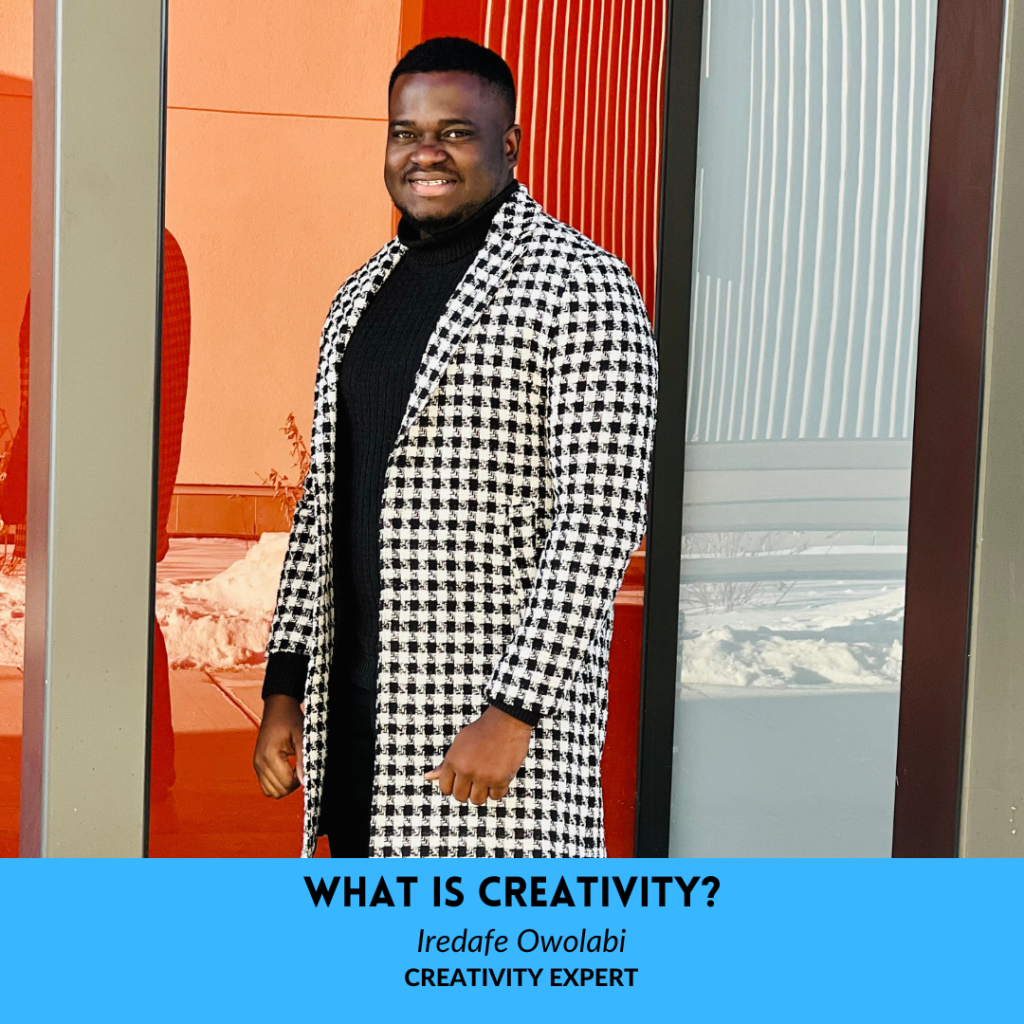
I want you to understand that if you have creativity, you have something because creativity is what brings in every other resource that you require to succeed in turning your dreams and ideas into reality.
If you want to learn more about creativity, check out this blog: What is Creativity? Here is My Powerful 7-Sided Definition!
Why Does Creativity Exist?
Stop letting your gifts, talents, skills, and ideas waste away because you lack funding. Ignite your creativity! Creativity exists to solve problems.
If you encounter difficulties in acquiring finances, resources, or anything necessary to bring your ideas and dreams into tangible reality, it’s time to ignite your creativity.
For more on problem solving and how it relates to creativity, see: 14 Strategies to Develop Your Problem Solving Skills Profitably.

Your creativity can be utilized to address the resource deficiency. It is contradictory to claim you are creative while failing to employ that creative ability to resolve the only obstacle impeding your progress – funding.
Creativity extends beyond generating fancy ideas; it requires actions that demonstrate the validity and authenticity of those ideas.
If it means doing jobs that may not align with your passion initially but will grant you the resources, knowledge, or connections needed to start or at least keep your head above the water, do not hesitate to seize the opportunity.
How Resourcefulness through Creativity beats lack of Resources
By being resourceful, tapping into your creativity, and taking practical steps, you can overcome the financial limitations holding you back from living your dreams.
Remember, creativity is an invaluable tool for problem-solving and for propelling you forward, regardless of financial constraints. It’s time to awaken the dormant creative force within you.
Stop suppressing your gifts, talents, and skills because of a perceived lack of resources. True creativity thrives best in the face of lack.
You don’t need a vast fortune or an abundance of resources to ignite your creative spark.
All you need is a belief in your gift or potential and the determination to make the most of what you already have.
You can grab a PDF copy of “Kingdom Currency for Students, Graduates and Businessmen” here.
What do you have?
Look around you, within the depths of your mind and the depths of your surroundings, and discover the hidden treasures waiting to be unearthed.
Use the challenge of scarcity as an opportunity to showcase your resourcefulness.
It is in the midst of such obstacles that true ingenuity is born. Let your creativity become the bridge that spans the gap between what you have and what you envision.
Remember, some of history’s greatest achievements emerged from the humblest beginnings.
The world-renowned brands, revolutionary inventions, and timeless works of art all started with a single spark of creativity.
Those who dared to act upon their ideas, even with limited means, paved their path to success. Don’t wait for the perfect conditions, as they may never come.
Instead, gather the fragments of your creativity, piece them together, and boldly step into the realm of possibility. Trust that as you begin, the resources you need will manifest along the way.
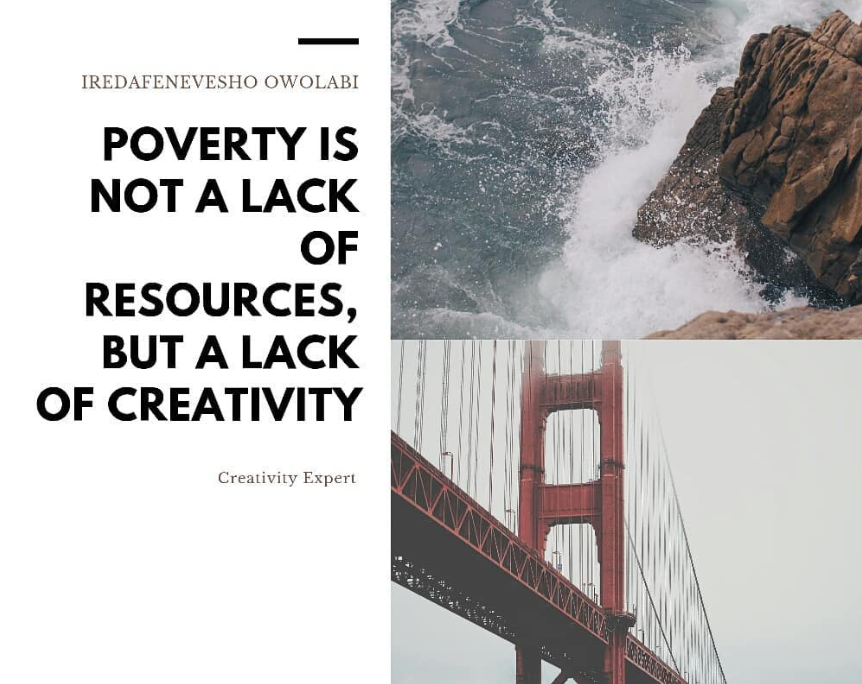
Myth Two – Creativity is limited to inherent gift or talent
The term “inherent gift” refers to an innate or natural ability or talent that an individual possesses without much external influence or extensive training.
It implies that the person has a particular skill that comes effortlessly or more easily to them compared to others. Such individuals are often referred to as “naturals.”
Who is a “natural”?
When someone is described as a natural in a particular area, it typically means that they have an inherent gift or talent for that specific skill or activity.
They possess a natural aptitude or ability that allows them to excel well without intense training or regimen. Being “a natural” suggests that the person has an affinity towards the activity in question.
This could be in various domains such as sports, arts, music, academics, or any other area where individuals can showcase exceptional skill.
People often recognize naturals by their ability to quickly grasp concepts, display proficiency, and achieve notable success without requiring as much practice or formal training as others.
However, it’s important to note that inherent gifts are not the sole determining factor for success or creativity.
Smart work, dedication, perseverance, and a growth mindset also play crucial roles in achieving excellence.
While inherent gifts can provide a head start or advantage, they need to be nurtured and developed through learning, practice, and continuous improvement to fully realize their potential.
Inherent talent alone may not be enough to reach the highest levels of achievement; it is the combination of talent and effort that often leads to extraordinary success.
Creativity is often mistakenly perceived as a talent reserved for a select few individuals. However, the truth is that creativity is not solely determined by your innate abilities or fixed traits.
An inherent gift is a good starting point when harnessing creative potential, but the interesting fact is that creativity transcends the ability to cultivate gifts that are intrinsic to you.
It is a skill that can be cultivated and honed with time and effort. Creativity is not a static, inherent, fixed trait; rather, it is a dynamic attribute.
It can be developed, nurtured, and improved through practice, exposure to new experiences, and a willingness to explore new ideas.
In circumstances where an innate capacity is lacking, a “light bulb” moment can inspire you to do things you never knew you could do.
Therefore, having the right mindset is crucial, as it can jumpstart your creativity and enable you to figure out ways to compensate for any lack of natural gifting, making the story even more beautiful.
When individuals fully embrace their creativity and harness it in a purposeful manner, they can overcome any perceived lack of natural talent or gifting.
The famous story of Ben Carson [Myth of Creativity Debunked]

Consider the remarkable journey of Ben Carson, a renowned neurosurgeon, and an avid follower of Christ. In his early years, he faced challenges and was even labeled as a “dummy” during his fifth-grade education.
However, Carson’s story took a dramatic turn as he embarked on a path of self-discovery and perseverance.
Through dedication, hard work, and a thirst for knowledge, Carson transformed himself from an underachieving student to a trailblazing medical professional.
He defied the odds and shattered societal expectations by becoming the first black neurosurgeon to rise to the position of chief of pediatric neurosurgery at the young age of 33.
He went from being a “dummy” to being the man with gifted hands, capable of performing surgeries like separating conjoined twins. How did he achieve this? He ignited his creativity! Carson’s journey serves as a compelling example that creativity and success are not solely determined by initial talent or intelligence.
It is the willingness to embrace challenges, learn from failures, and continuously seek personal growth that paves the way for extraordinary achievements.
If you would like to know more about how to ignite your creativity grab my book here or read this article titled: How To Ignite Your Creativity in 5 Easy Steps.
The interesting story of Jim Kwik
What about Jim Kwik, who suffered a head injury as a child, affecting his ability to concentrate and remember anything from school? One of his teachers even called him “the boy with the broken brain.”
For a while, he believed he could never be as good as the other kids when it came to learning, until he experienced his light bulb moment later in life.
At this writing, Jim is a brain coach and world-renowned expert in brain optimization, memory improvement, and accelerated learning.

He has coached top Hollywood stars to memorize their scripts in movies like X-Men and has worked with big shots like Bill Clinton, Richard Branson, Elon Musk, and more.
How did the boy with a broken brain become a man who “fixes” people’s brains?
He ignited his creativity! Jim taught himself how to read by secretly reading comic books at night when his mom thought he was asleep.
Reading about superheroes like the X-Men, who were rejected by society but discovered and developed their superpowers, inspired him to learn how to read.
Despite being a misfit and facing ridicule at school, he discovered that he too had a superpower – his mind. This realization flipped the switch on his creativity, and he had his “aha” moment when he asked himself one day, “how can I learn faster?” and “how does my brain work?” This triggered a series of connections that turned him into the brain expert that he evolved into.
To understand how to harness the power of questions, read this: The Creative Power of Questions: 5 Keys to Innovative Discoveries.
Every individual has the potential to tap into their creativity and unlock their hidden talents.
So, let go of the notion that creativity is an exclusive domain of the gifted few. Instead, believe in your own potential to cultivate and expand your creative abilities, regardless of your perceived disabilities.
With dedication, perseverance, and a willingness to explore new ideas, you can unleash your creativity and open doors to endless possibilities. Remember, creativity knows no bounds when nurtured with passion and determination.
Myth Three: Creativity is limited by physical disability
History is replete with individuals who, despite their physical disabilities, displayed remarkable creativity and problem-solving abilities. Franklin D. Roosevelt is a classic example. (By the way, if you would like to invite me for a seminar presentation at your conference or event, you can fill this form).
In 1921, at the age of 39, Roosevelt contracted polio, which left him paralyzed from the waist down. This life-altering event could have easily stifled his ambitions and creativity.
However, Roosevelt refused to let his physical limitations define him or hinder his ability to lead and make a lasting impact.
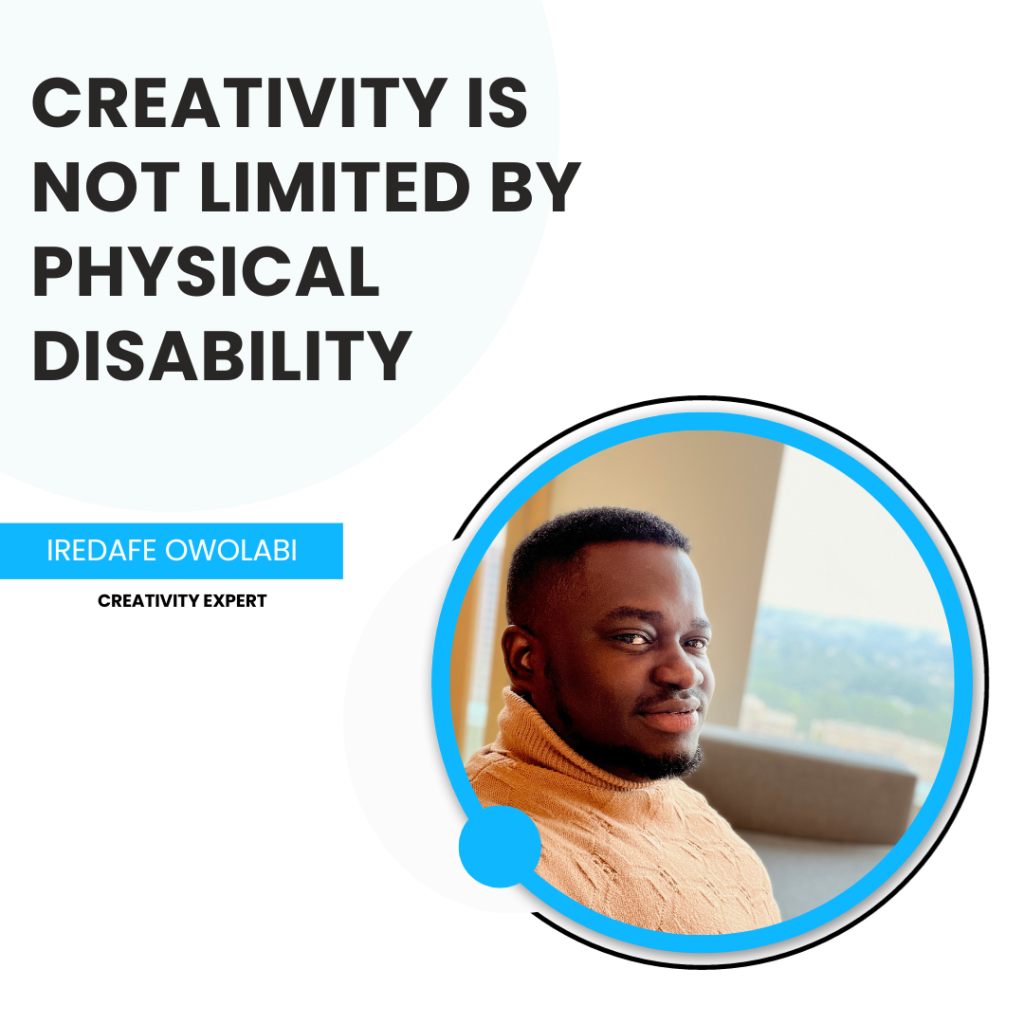
Despite being confined to a wheelchair, Roosevelt became one of the most influential presidents in American history.
His creative problem-solving skills and innovative policies played a pivotal role in guiding the United States through the Great Depression and World War II.
Through his leadership, he implemented the New Deal, a series of programs and reforms aimed at revitalizing the economy and providing relief to millions of Americans.
His creative approach to governance helped restore hope and stability during a time of immense crisis.
Roosevelt’s story demonstrates that physical disability does not limit one’s ability to think creatively, lead effectively, and make significant contributions to society.
Despite his paralysis, he harnessed his creativity, resilience, and determination to overcome obstacles and leave a lasting legacy.
His story serves as an inspiration to individuals facing physical disabilities, reminding them that creativity knows no bounds and can flourish in the face of adversity.
You see, creativity knows no limits set by any disability. It finds ways to compensate for any perceived limitations and enables individuals to express their talents and passions fully. Don’t let any physical disability stop you, creativity comes from your spirit.
That’s why bodily limitations can never stop anyone who has ignited creativity! Your creative potential knows no limits, and I urge you not to let your disability weigh you down or hinder your progress.
Instead, let it be the catalyst for a transformative journey. Consider this moment as a turning point in your life, where you no longer see your physical disability as a limitation.
Rather than dwelling on what you cannot do, focus on what you can do exceptionally well. Hone your unique abilities and harness the power of your creativity to defy expectations and challenge conventional norms.
Let your determination and resilience shine through as you overcome obstacles and pave your own path towards success and fulfillment.
Remember, your journey is a testament to the strength of the human spirit and the boundless possibilities that exist when we embrace our creativity without limitations.
So, rise above your perceived limitations, unleash your creative potential, and show the world the incredible things you are capable of.
Myth Four: Creativity only comes via spontaneous inspiration
Creativity is not solely reliant on sudden bursts of inspiration or divine intervention.
While inspiration can play a role, cultivating creativity often involves a combination of deliberate practice, curiosity, and active exploration.
It’s essential to understand that if you are born again and Spirit-filled, you already have the seed of creativity within you.
You possess the “dunamis” – the dynamic ability to create. You don’t need to wait for some special or divine intervention before releasing your creativity.
If sudden bursts of inspiration come, take advantage of them and use them. However, you should never sit idly and do nothing, waiting for inspiration to strike.
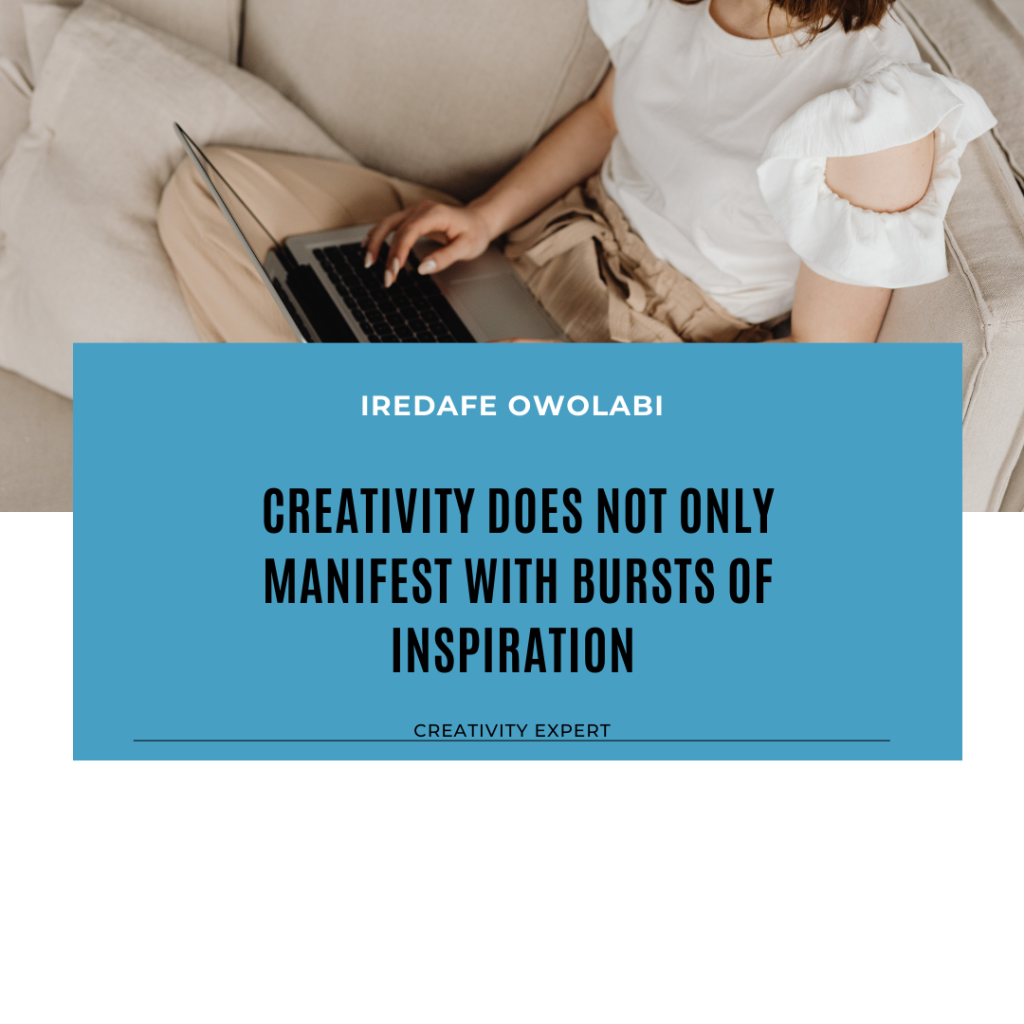
This is a common misconception that fails to capture the true essence of the creative process.
While moments of sudden insight and divine inspiration can certainly occur, they are not the sole drivers of creativity.
Creativity is a multifaceted, yet straightforward phenomenon that can be nurtured and developed through intentional effort.
It goes beyond waiting for a lightning bolt of inspiration to strike; it involves actively engaging in practices that foster problem-solving. One of the key factors in cultivating creativity is deliberate practice.
Just like any skill, creativity can be honed and refined through consistent and focused effort. It requires dedicating time and energy to explore and experiment with different ideas, techniques, and approaches.
By consistently engaging in creative activities, whether it’s writing, painting, composing music, or any other artistic pursuit, you can sharpen your creative abilities and expand your creative repertoire.
One inspiring story that exemplifies the myth of spontaneous inspiration and the reality of deliberate practice and active exploration in cultivating creativity is the story of Thomas Edison and the invention of the incandescent light bulb.
Contrary to popular belief, Edison did not stumble upon the concept of the light bulb overnight. It was not a sudden moment of inspiration that led to its creation.
In fact, Edison went through numerous iterations and thousands of failed attempts before finally succeeding.
Edison approached the invention of the light bulb with a mindset of deliberate practice and active exploration. He conducted countless experiments, systematically testing different materials, designs, and configurations.
Each failure provided valuable insights and propelled him closer to finding the right combination. Edison’s approach was fueled by curiosity and a relentless pursuit of knowledge.
He was not afraid to venture into uncharted territory and challenge existing conventions. His determination to find a practical and commercially viable solution for electric lighting drove him to push the boundaries of his creativity.
Throughout the process, Edison embraced the philosophy of “genius is 1% inspiration and 99% perspiration.”
He understood that creativity was not solely dependent on flashes of brilliance but required persistent effort and an unwavering commitment to the creative journey.
Eventually, after countless experiments and years of dedicated work, Edison achieved success.
He developed a light bulb that could provide long-lasting, practical electric lighting. His invention revolutionized the world and forever changed the way we live.
The story of Thomas Edison’s journey to inventing the light bulb serves as a powerful reminder that creativity is not solely reliant on spontaneous inspiration.
It highlights the importance of deliberate practice, curiosity, and active exploration in unlocking our creative potential.
Edison’s story inspires us to embrace the process, persevere through failures, and continuously push the boundaries of our creativity in pursuit of groundbreaking ideas and innovations.
Creativity involves stepping out of comfort zones, embracing uncertainty, and adopting a mindset of experimentation.
This can mean venturing into new territories, trying new approaches, and taking calculated risks.
Myth Five: Creativity guarantees perfection or instant success
Creativity does not guarantee perfection or immediate success. This is another common misconception that can hinder individuals from fully unlocking their creative potential.
The reality is that creativity is a dynamic and iterative process that sometimes involves trial and error, learning from mistakes, and continuous improvement.
One notable example that dispels this myth is the story of the famous author J.K. Rowling and her journey to bringing the Harry Potter series to life.
Before achieving global fame and acclaim, Rowling faced numerous rejections from publishers who failed to see the potential in her manuscript.
Rather than succumbing to discouragement, Rowling persevered and continued to refine her writing and storytelling skills.
She embraced the feedback and criticism she received, using it as an opportunity for growth and improvement.
Her commitment to her craft and willingness to learn from her mistakes allowed her to develop a captivating narrative and a well-imagined world that resonated with millions of readers.
Rowling’s experience demonstrates that creativity is not about achieving perfection or instant success.
It is about embracing the process, learning from failures, and continually refining one’s skills and ideas. Creativity requires resilience, adaptability, and the willingness to take risks and learn from setbacks.
The creative journey is often marked by moments of frustration, setbacks, and uncertainty that may make immediate success unlikely.
However, it is through these challenges that individuals can grow and evolve as creative beings.
The ability to learn from mistakes, make adjustments, and persevere in the face of obstacles is what ultimately leads to the realization of creative visions.
Understanding the truth that creativity does not guarantee perfection or instant success allows you to approach your creative endeavors with a growth mindset.
It encourages you to view failures and setbacks as valuable learning opportunities and to continuously strive for improvement and innovation.
By embracing the iterative nature of the creative process, you can unlock your true creative potential and achieve meaningful and impactful results.
The video below is going to explain the next myth of creativity I am about to demystify. Feel free to watch the video before going on to the next myth.
Myth Six: Creativity is complexity
Many people mistake creativity for complexity. Whenever they are faced with problems, they look for complex methods to solve the problems rather than exploring the simpler solution that usually do not appear to be obvious at first. You do not need complexity to display creativity.
Creativity is often best demonstrated through the use of simple, everyday solutions to tackle complex problems. This may seem counterintuitive to some, but the reason behind this perspective is clear.
By focusing on the fundamentals of problem-solving, we can truly grasp the essence of creative thinking.
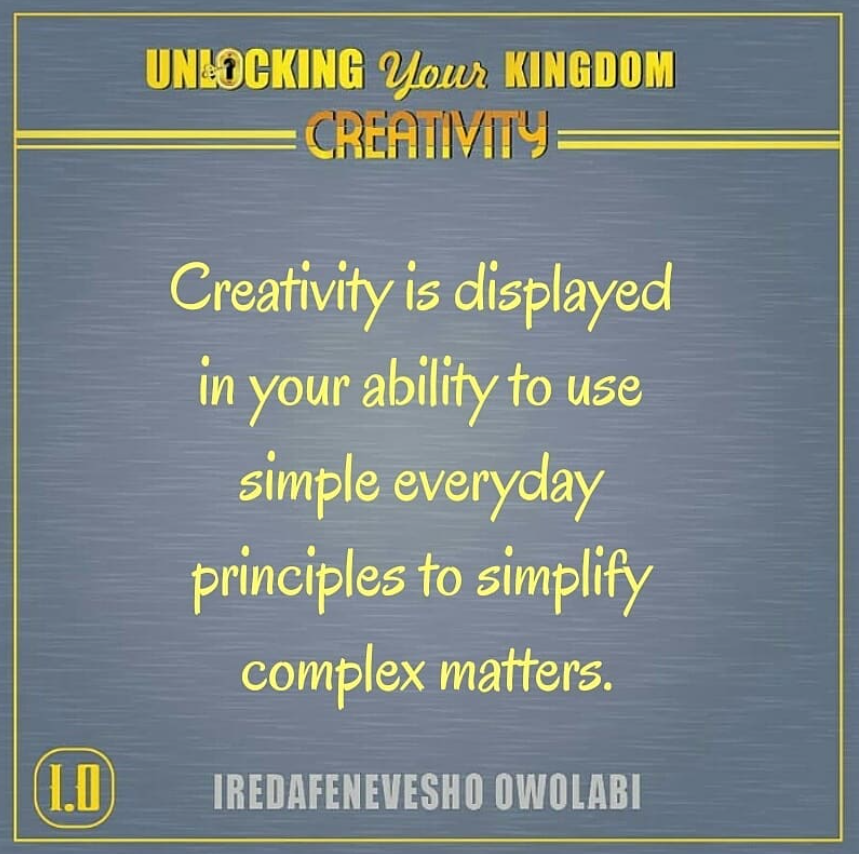
It is through understanding and appreciating the power and impact of what we might consider ordinary that we can achieve extraordinary outcomes. For more on this, get my book titled “Unlocking Your Kingdom Creativity“.
Consider the remarkable possibilities that arise from just the 26 letters of the alphabet or the seemingly “ordinary” 9 digits of the number system.
These foundational elements serve as the building blocks for countless creations and innovations. They remind us that extraordinary achievements are constructed upon layers of what we might perceive as ordinary.
Similarly, complexity itself is often a combination of simpler components and concepts intertwined.
By adopting this mindset, we can strip away the veil of complexity that often shrouds problems.
We gain the ability to see through intricate layers and identify the underlying simplicity that exists within.
This understanding enables us to approach problem diagnosis and solution-finding with clarity and effectiveness.
In summary, when we debunk the myth of complexity and embrace the power of simplicity, we unlock new dimensions of creativity.
By simplifying the complex, we open doors to innovative thinking, inclusive solutions, and the potential for impactful change.
Myth Seven: Creativity involves big thinking with no doing
When I discovered that creativity was a subject I was passionate about, I did a lot of research on the topic but was disappointed to find out that there was not enough insight out there.
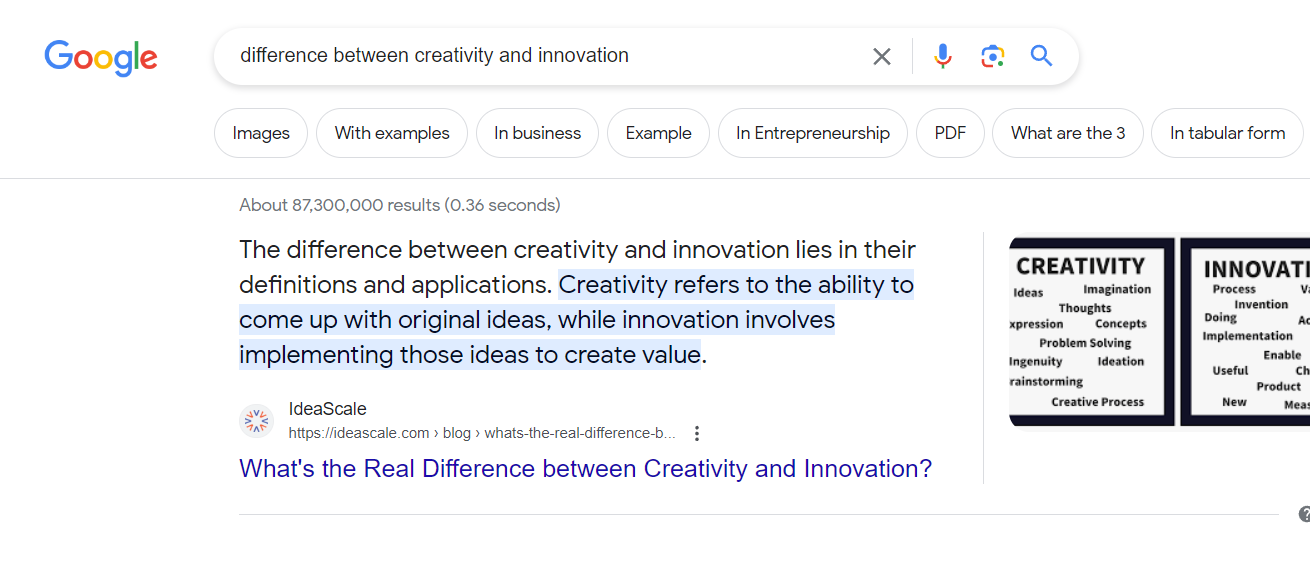
Like the article above, many articles I came across online could not do justice to the definition of creativity. Some were either half-baked truth or well baked ignorance, and I say this with due respect to these contributors.
The major challenge these incomplete information had was that they seemed unable to distinguish between creativity and big thinking.
That’s why, in all my interactions, be it speaking engagements or day-to-day conversations with friends, family, and people in general, I always make sure to differentiate between having great ideas and being creative.
Having bright ideas is fantastic, but it does not amount to creativity. Creativity is an action word.
You can think passively, but you cannot create passively. You must take a step, act, and make that change you have always imagined in your mind to truly be creative.
What Creativity is Not – Conclusion
I’ve heard people say, “If I had more money, I would be creative.” As nice and sincere as that sounds, the reality is that if you were truly creative, you would find ways to generate more money.
Creativity is the propelling force that helps you overcome the very obstacles that try to bring you down.
When you point your index finger, blaming external factors for your downfall or failure, remember that the other fingers are pointing right back at you for not finding creative solutions to those same blockers.
Over to you, what other misconceptions, fallacies or myths of creativity have you come across or hear of in your own journey?
Feel free to add more myths about creativity that you know of in the comments section.
PS: If you want to invite me to your conference, seminar or program to deliver a keynote or talk, you can do so here.

